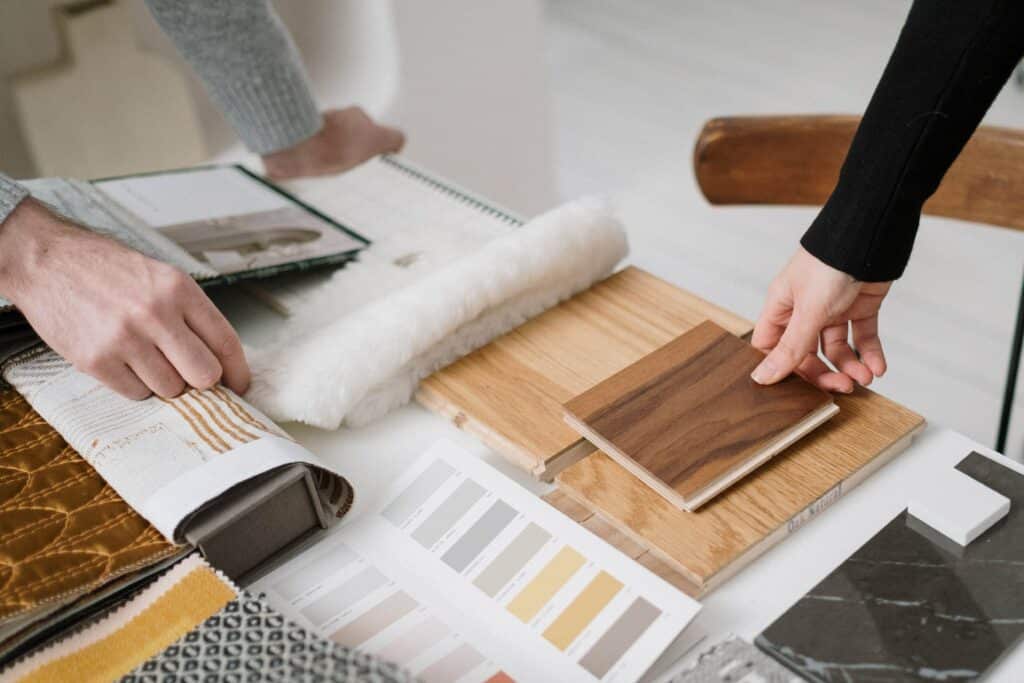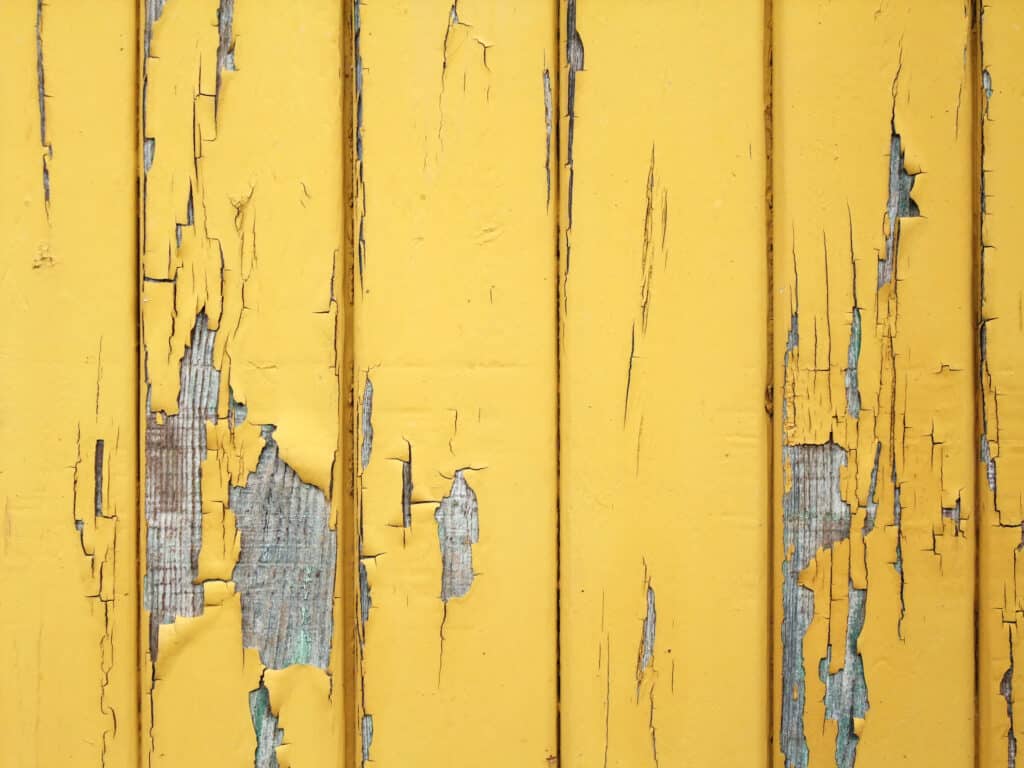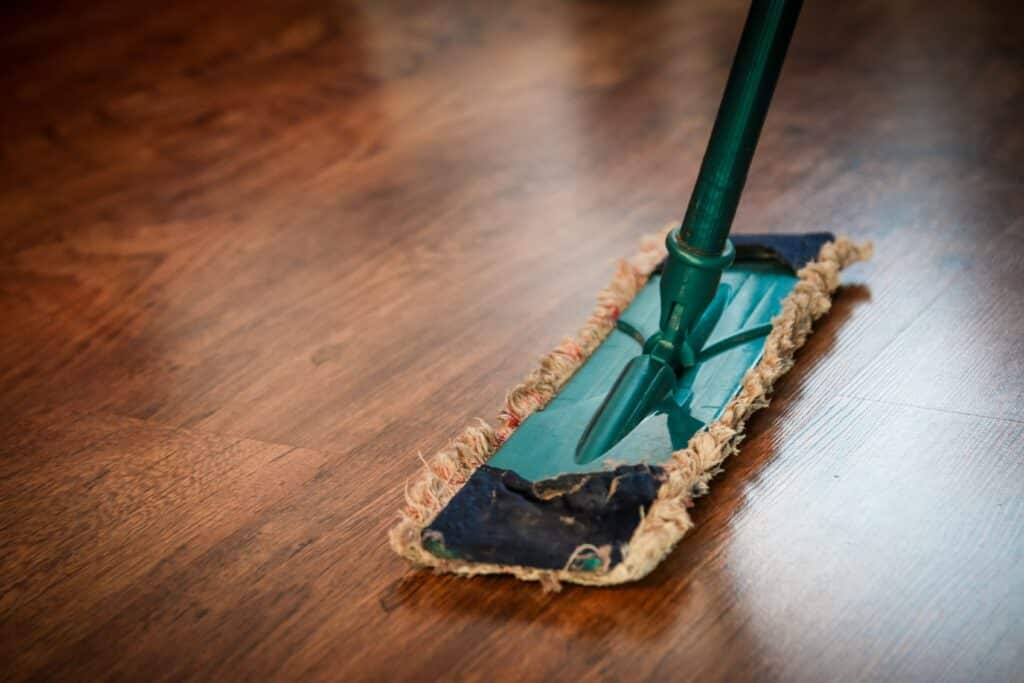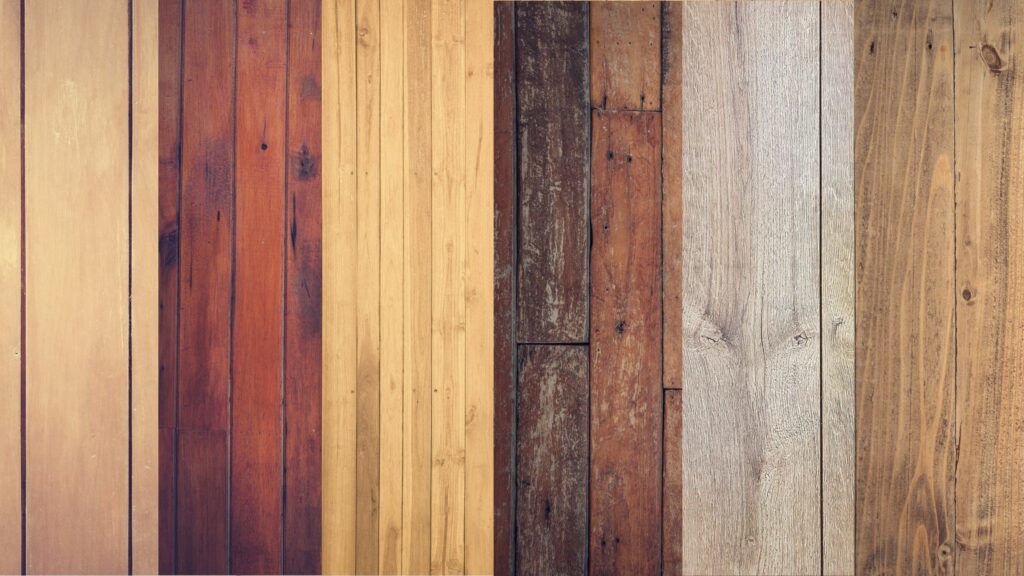In this guide we’ll walk you through all the major differences between genuine hardwood and engineered hardwood floors and help you make an educated decision on what to choose.

Solid hardwood and engineered wood, two of the most popular flooring options out there, look very similar but are quite different. Each of them has their own benefits and drawbacks. Let’s take a look at what sets these two types of floors apart from one another and discuss why one might be better suited for certain situations than the other.
Key Differences
Hardwood flooring is made up of solid planks of natural wood, typically cut from slow-growing, denser trees like oak, maple, or walnut. These floors are robust, long-lasting and can be sanded down and refinished numerous times over their lifespan, ensuring a timeless beauty.
Engineered wood flooring consists of multiple layers of wood combined with other materials, like plywood or fiberboard, topped with a veneer of real hardwood. This composition makes engineered wood floors more dimensionally stable, meaning they won’t deform easily. They are less prone to environmental changes, such as humidity and temperature fluctuations.
Lifespan
Hardwood Flooring
Solid hardwood flooring can last from 30 all the way up to 70 years and longer if properly maintained.
Engineered Wood Flooring
Engineered wood floors are generally more resistant to wear and tear but have a shorter lifespan than hardwood flooring, typically ranging from 15-25 years.
Cost
Hardwood Flooring
The cost of hardwood flooring is on average higher than that of engineered wood. Prices can range from $8 to $15 per square foot. You should also consider that hardwood flooring needs subflooring to be installed, adding to the costs.
Engineered Wood Flooring
Engineered wood floors are usually more budget-friendly. Prices can range from $3-10 per square foot. This is because only the top layer is real hardwood and the rest is made of more affordable materials like plywood.
Maintenance
Hardwood Flooring
Solid hardwood floors are susceptible to water damage and staining, so they require regular maintenance. This includes sweeping or vacuuming dirt and debris and occasionally cleaning with a damp, not wet, mop.
Engineered Wood Flooring
Engineered wood floors don’t require as much routine upkeep since they aren’t as prone to water damage and staining. However, accumulated dirt and debris can still be an issue, so it’s important to occasionally sweep or vacuum to keep the surface clean.
Sanding and Refinishing
Hardwood Flooring
Solid hardwood floors can be sanded down and refinished multiple times. This allows you to restore the floor’s original color while also extending its life span.
Engineered Wood Flooring
Engineered wood is composed of multiple layers, with the top layer typically made of hardwood. Depending on the thickness of this layer, engineered wood may be able to be sanded down and refinished. A top layer over 3mm thick can be sanded one or two times. If it is below 2mm thick, it can’t be sanded and has to be replaced instead. Before you try to refinish your floor, make sure its top toplayer is thick enough. If you take this into account, your engineered wood floor will have a longer lifespan.
Moisture
Hardwood Flooring
Solid hardwood floors are not suitable for environments with high moisture levels, such as bathrooms or basements. When exposed to water or high humidity, hardwood can warp or swell. Eventually you’ll have to replace the buckled floor if the damage is too severe.
Engineered Wood Flooring
Engineered wood floors are more resistant to moisture. Due to their plywood layers in a cross-pattern, they are more stable and warp much less when being exposed to moisture compared to solid hardwood.
Sizes
Hardwood Flooring
Solid hardwood floors usually come in strips or planks with widths ranging from 2 to 4 inches. The standard thickness is 3/4″ and the length usually goes up to 84″.
Engineered Wood Flooring
Engineered wood floors can vary more in width, thickness, and length. They usually come in planks that range from 3″ to 7″ wide and a thickness of 1/4″ up to 9/16″. The length usually goes up to 72″.
Installation Method
Hardwood Flooring
Solid hardwood floors are installed using the tongue-and-groove system. With this method the hardwood boards lock in each other and are nailed down on the plywood subfloor. Hardwood cannot directly be installed on concrete subflooring because of moisture issues. This makes it more expensive because you need to install a subfloor as well.
Engineered Wood Flooring
Engineered wood flooring can be installed using multiple different methods like nail-down, glue-down, and floating.
Contrary to hardwood flooring, engineered wood flooring can also be installed on a concrete subfloor because of the plywood bottom, which makes it more resistant to moisture.
Hardwood offers timeless beauty while engineered wood provides affordability and ease-of-installation, but both need regular maintenance and care in order to keep them looking great over time!
Both hardwood and engineered wood flooring have advantages and disadvantages. Weigh them carefully before making a decision on which type of flooring you want for your home or business.
Editorial Staff at TwinRight is a team of experts helping its readers with product comparisons and convenient guides. Whether it's choosing the right floor cleaner, updating you on your favorite gadgets or helping you fix those annoying squeaky door hinges, we've got you covered!



